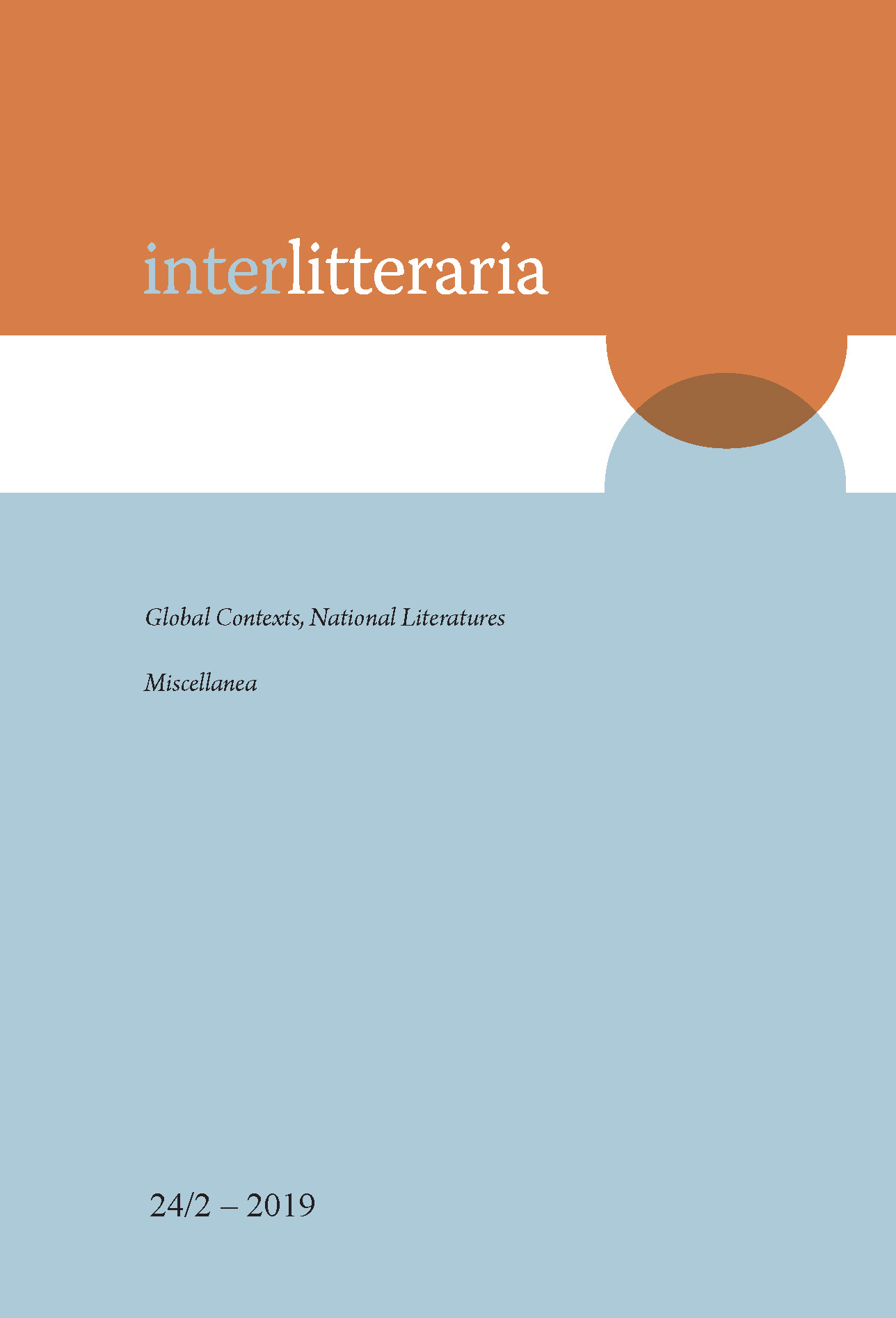Folk Tradition and Multimedia in Contemporary Estonian Culture
DOI:
https://doi.org/10.12697/IL.2019.24.2.10Keywords:
folklore and literature, multimediality, transmediality, identityAbstract
The legends of the kratt or the treasure-bearer have existed in lively oral tradition in Estonian culture for a very long time. These myths and legends have traversed from the oral tradition to literary works, visual culture and music. All these texts on the kratt exist in the culture as metatexts which create the world of the kratt, where different cultural memories and interpretations are intertwined. This means that the kratt as a cultural text is also a multimedial text. Different media use different tools and this makes the interpretations more playful and interesting. Andrus Kivirähk’s novel Rehepapp (The Old Barny, 2000) is the central literary work on the kratt in contemporary Estonian literature. Kivirähk combines the mythical kratt with the figure of Old Barny (rehepapp), who is the unofficial leader of the village and a cunning manor house barn-keeper. There are several cultural texts based on Kivirähk’s novel, but the most important are the opera Rehepapp (2013) by Tauno Aints, libretto by Urmas Lennuk, and the film November (2016) by Rainer Sarnet. The 2015 production of the ballet Kratt (1943) by Eduard Tubin is more contemporary in its setting and represents everyday life in the modern factory. The article analyses how different multimedial texts about the kratt and Old Barny use and combine multimedia to create and convey the social meaning of the kratt, and how multimedia use audio-visual poetics to convey a greater number of emotions and aesthetic values in the cultural text. The film by Rainer Sarnet and the ballet by Eduard Tubin represent harmony with different poetics factors and the meanings of the cultural texts.
Downloads
Downloads
Published
Issue
Section
License
The contents of Interlitteraria are published under CC BY-NC-ND licence.


